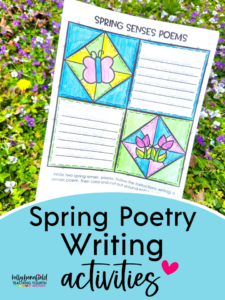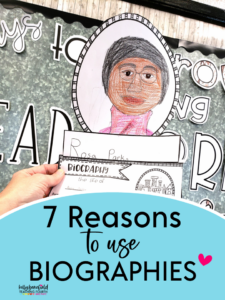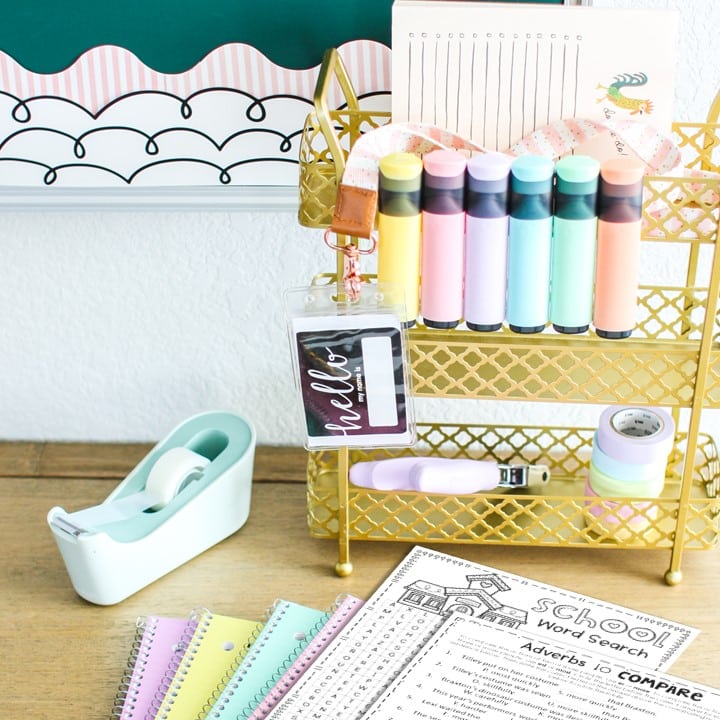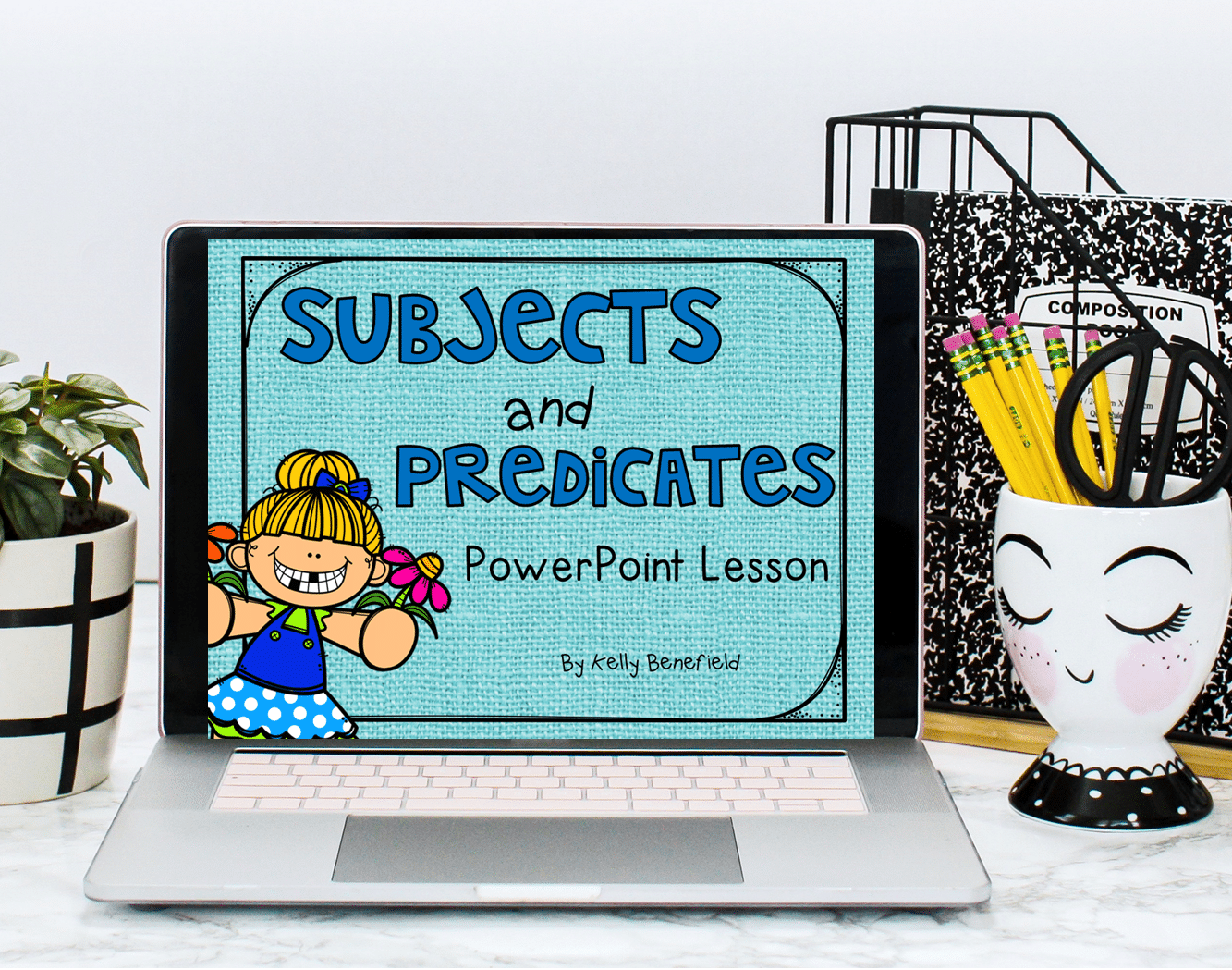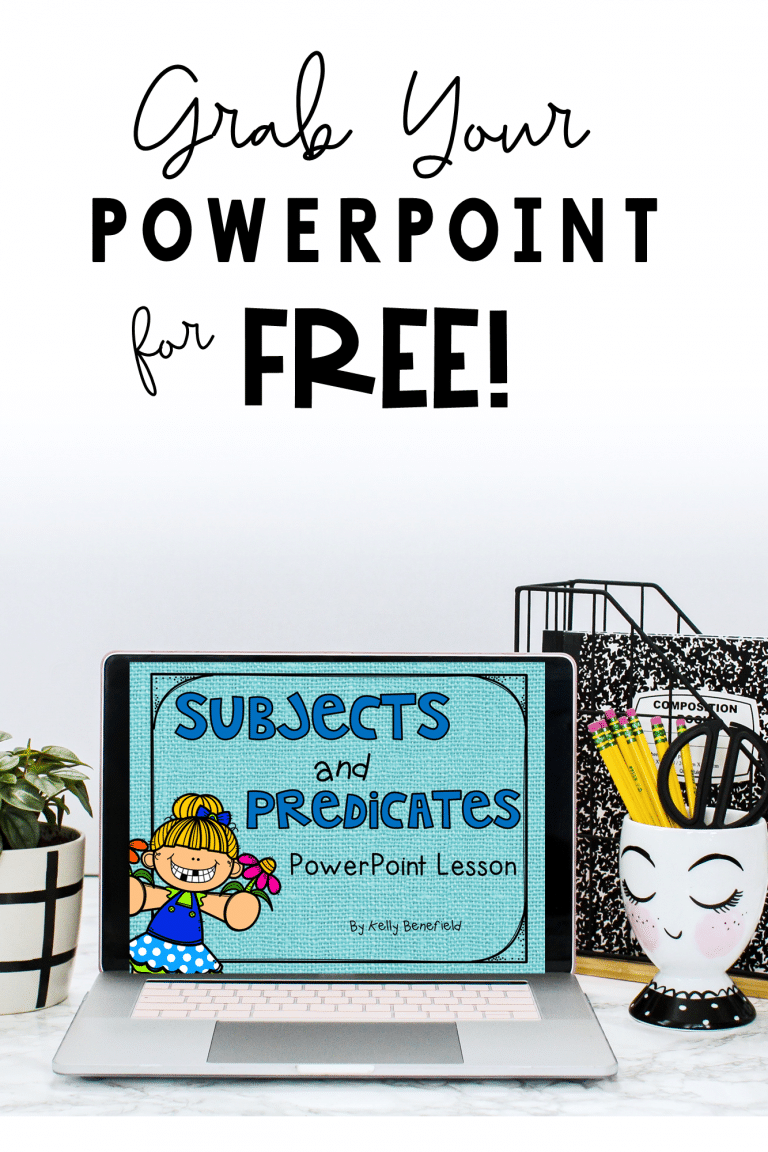Testing always seems to be looming over every teacher’s head like a dark rain cloud. We can’t seem to escape it. Over my teaching career, I have seen a variety of state and local tests come and go. I was blessed to begin my teaching career in a time that our state had no testing. What freedom that was! Since then, my state has adopted many different tests, but what I have learned through it all is the importance of sound instructional activities. When our lessons provide sound instructional practices that engage students, student learning is increased. By providing students with engaging lessons, they will be equipped with the knowledge they need to be successful students as well as be successful on state exams. Here are a few sound instructional techniques that will get you out from under that testing cloud and focused on student learning. As an added bonus, students will be better prepared for those upcoming state tests.

Developing lesson plans with before, during and after instruction is vital to creating lessons that provide strong students engagement and increase student learning. The selection of the strategies is important in that the focus should not be on the strategies themselves; rather, the focus is on the intended outcome (learning). As with any new concept, it is essential to teach and model new strategies in order to help students understand the desired outcomes.
What are before, during, and after teaching strategies?
Before, during, and after teaching strategies are instructional strategies that teachers carefully choose to help increase student learning. “Before” strategies help activate prior knowledge and set a purpose for the lesson. “During” strategies help students make connections, organize new information, and stay focused. “After” strategies provide students an opportunity to summarize, respond, and/or reflect on the lesson.
Plan a Before Strategy for Your Lesson
The purpose of a before strategy should be to activate prior knowledge, discuss vocabulary, make predictions, or establish a purpose for reading or for the lesson.
Some of my favorite “Before” Strategies include:
Quick Write
A quick write can be used to introduce or connect a concept with prior knowledge.
Steps:
- Introduce a single word or phrase to the class.
- Each student copies the word onto an index card.
- Give students 2 minutes to write whatever comes to mind.
- Share.
5 Word Prediction
This activity activates prior knowledge and encourages students to make predictions.
- Select 5 key vocabulary words from the text in which the students will be reading.
- List words on the board or project.
- Clarify meanings of words.
- Ask students to write a paragraph predicting what the lesson will be about or the main idea of the lesson using all of the words in their paragraph.
- Share predictions.
Plan a During Strategy for Your Lesson
The purpose of during strategies is to engage the students with the text in order to integrate new information with prior knowledge.
Two of my favorite “During” activities include:
Journal Responses
Graphic Organizers
The purpose of graphic organizers is to provide a visual model of the text and a format for organizing information from the text to increase student learning. If you follow me, you know that I truly love and believe in the benefits of graphic organizers. I have had several teachers in the past to tell me that their students did not understand how to use the graphic organizer, or that the graphic organizer was confusing for their students. It is important to remember to always introduce and model how to use a graphic organizer each time that you are introducing a new type to your students. Modeling is essential in helping students understand how to use a graphic organizer before sending students off to complete independently. Also, as with each strategy, it is important to carefully choose the type of graphic organizer that matches the desired outcome, text structure, and lesson objective.
One of my favorite sets of graphic organizers to use with my students is my set of
Reading Graphic Organizers for Informational Text. This set is perfect to use with any nonfiction text or to incorporate into a social studies or science lesson. Simply click on the picture above to check them out and to see what other teachers have said about these graphic organizers.
If you would like to try out one of the organizers for free, simply click on the picture below and download this free problem and solution graphic organizer.
Plan an After Strategy for Your Lesson
When planning an “After” strategy, consider the purpose. Are students reflecting on the content of the lesson? Are you wanting them to summarize their learning? Perhaps they are simply responding to the text through discussion or writing.
Some of my favorite “After” strategies include:
Think/Pair/Share
Learning strategies do not have to be complicated or require special materials. This simple activity is one of my favorites, and I truthfully use it daily. It is very effective and is a great way to quickly assess student learning.
- Think- Give students a prompt or a question about the lesson and allow a few moments for them to think. (Only 10-20 seconds is needed).
- Pair- With a predesignated partner (I usually use elbow partners) discuss response. Students may also identify answers they think are best, unique, or most creative.
- Share- Finally, allow partners to share answers with the class. These answers an be recorded on the board. (Also, depending on your time and needs, you may call on all partners or only on one or two. It is up to you.)
Exit Tickets
The purpose of an exit ticket is for student to reflect on the content of the lesson. Exit tickets make an excellent formative assessment. Exit slips may document learning, allow students to express concerns about concepts they did not understand, or evaluate the effectiveness of the instruction. Exit slips may be created specifically for a lesson, or you might enjoy using my
Exit Slips to Use with almost Any Subject. You will find a variety of fun exit slips that will help students reflect on their learning and will help you to quickly assess each student’s knowledge.
If you are not already using these strategies, I highly encourage you to try them in your lessons. I think you will find that not only does student engagement increase, but so will your students’ learning. What better way to prepare students for those state exams than to prepare them all year long with learning strategies.
Have a blessed day!


